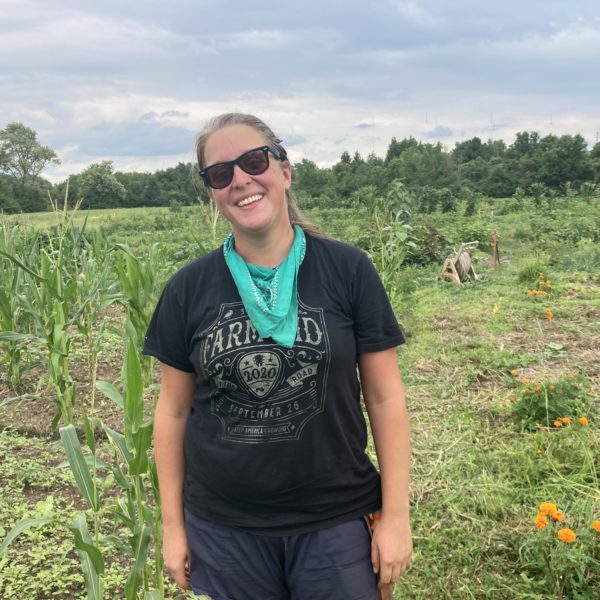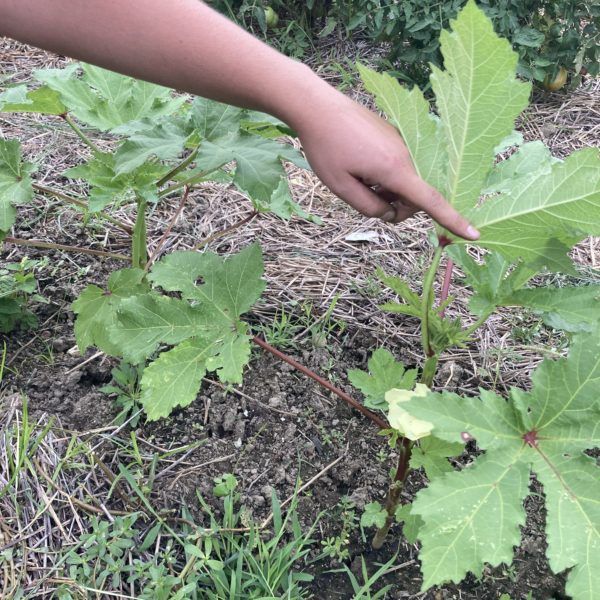Published August 30, 2022
“This is what this world should look like,” effused Sigmon, Volunteer Garden Leader at the International Harvest Garden. Since 2009, the International Harvest Garden has brought groups together across cultures to grow food and build community. Currently, the garden serves as a hub for three different immigrant groups–Bantu Somali, Kenyan, and Chin State refugees from Myanmar. The Franklin County Master Gardening program also has a shared plot, of which Sigmon is a part.
The garden was started with support from Franklin County Commissioner O’Grady, inspired by a meeting with Somali community organizer Ja’far Matan, who works with refugees locally. Columbus has one of the top three biggest populations of Somali refugees in the U.S., just behind Minneapolis. Matan knew that refugees needed a place to grow their own food, since food insecurity is a very real challenge and many people have a background in agriculture but no available space for growing.

